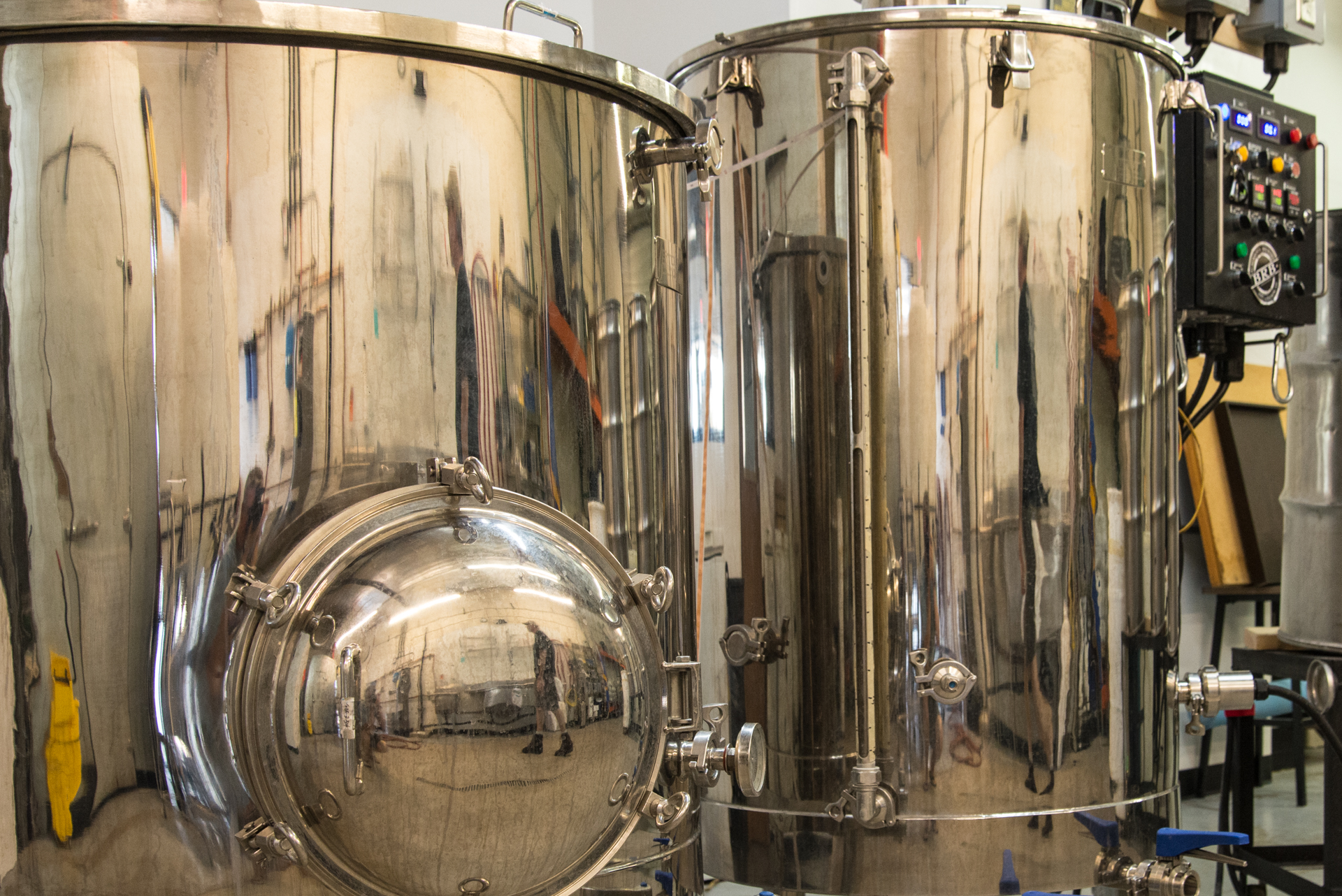The Making of a Craft Beer
Ever wondered what goes into making that favorite craft beer of yours? For thousands of years, man has created this tasty beverage through a process of mashing, sparging, boiling and cooling, fermenting and carbonating.
Step 1: Mashing
The first step in crafting a beer is to soak malted barley in hot water; a process known as mashing. Typically done in a vessel called a mash tun, the purpose of this process is to release the sugars in the grains that are crucial to the fermentation process in the later steps of craft beer making. The release of the sugars is so important because yeast must have sugars in order to produce alcohol, without which there would be no beer. Mashing takes approximately one hour to complete.
Step 2: Sparging
In a vessel known as a lauter tun, the next step is to sparge the grains. It is in this process that the remaining sugars are extracted from the grains, rinsed with hot water and separated from the liquid. After this has been completed, the grains can be discarded and the remaining liquid, also known as the wort, is what will soon become the beer.
Step 3: Boiling
The wort must be boiled in order to kill any microorganisms that it may contain. During the boiling process, which takes approximately one hour to complete, the hops are added to the beer. The effect that the hops have on the beer depends on the point during which they are added to the wort during the boiling process. Brewers use this process to masterfully create specific beer profiles.
Step 4: Cooling
The next step in the beer making process is to add the yeast. In order to do so, however, the wort must be cooled to an approximate 80 degrees Fahrenheit, so as not to destroy the yeast. This process of adding yeast to the wort is also referred to as “pitching”.
Step 5: Fermenting
The lengthiest part of the brewing process is fermentation. It is during this process that the yeast converts the sugars, that were so carefully released during earlier stages of the brewing process, into alcohol and carbon dioxide. During this 1-2 week process, the carbon dioxide releases into the air, leaving just the alcohol in the beer.
Step 6: Carbonating
Once the fermentation is complete, the beer is ready for consumption. However, in order to get a nice bubbly beverage, the beer must be carbonated. Carbonation can be achieved by injecting carbon dioxide directly into the beer.
Step 7: Packaging
The final step in the craft beer making process is packaging. To preserve the beer and allow it the longest shelf life, the beer must not be exposed to either of two things – stray yeast and oxygen. Beers are most typically packaged in kegs, bottles and cans.
Come check out the BlackRock taproom and see what we have brewing!
